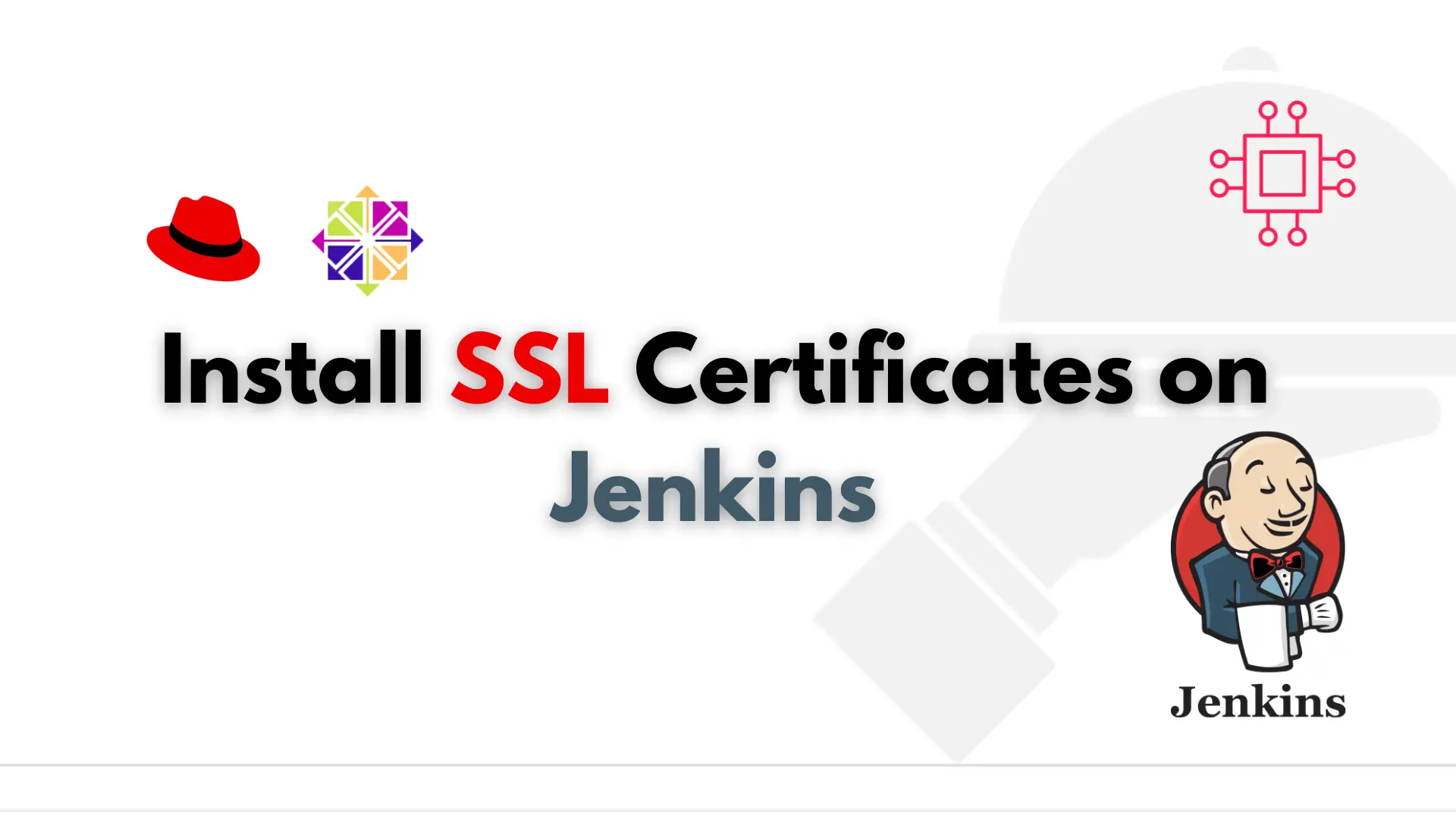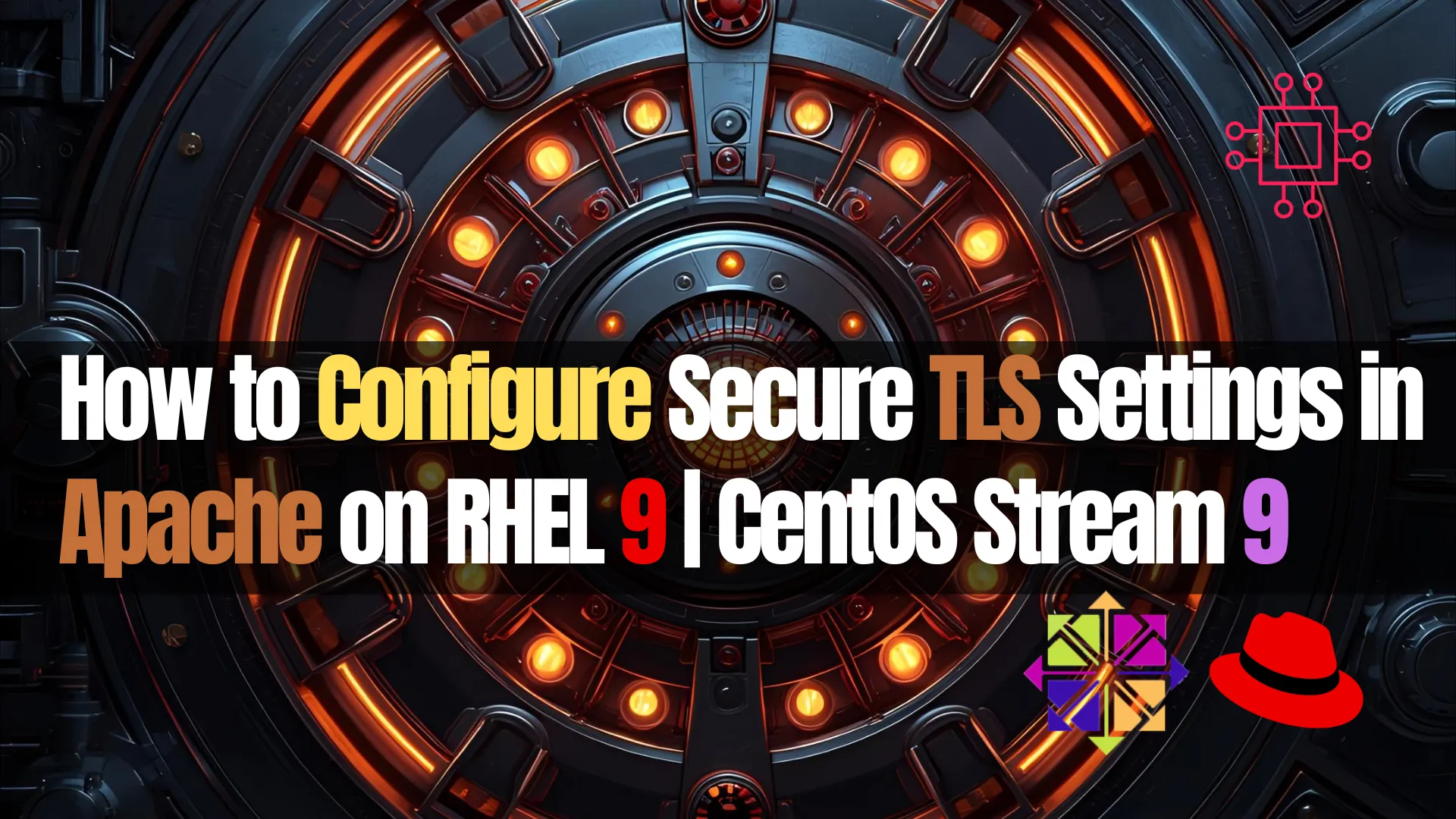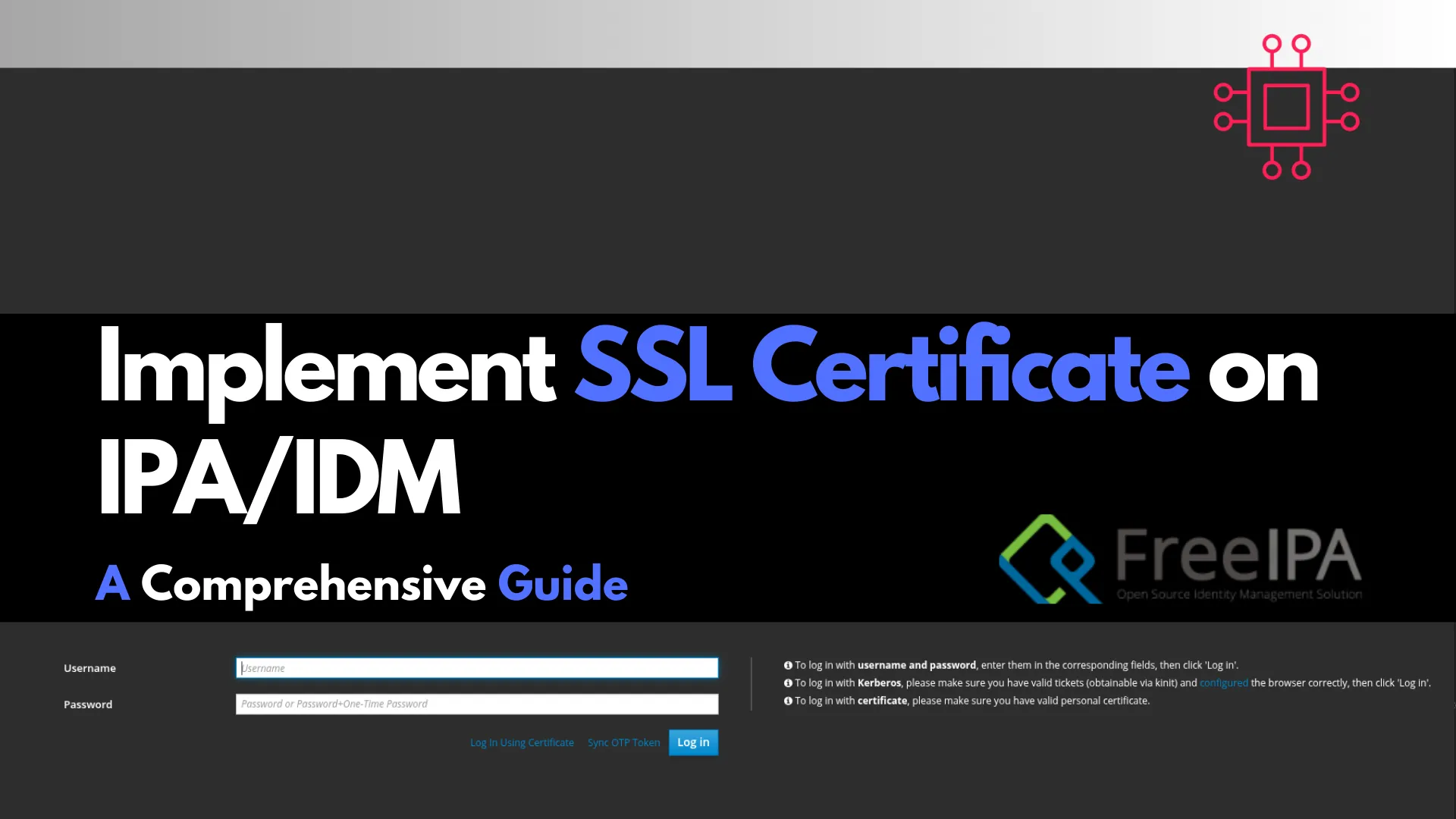
Want to secure your Jenkins environment and protect sensitive data? Learn how to install SSL certificates on Jenkins and enhance the security of your continuous

Secure your Apache web server on RHEL 9 or CentOS Stream 9 with a hardened TLS configuration. Learn how to enable TLS 1.2/1.3, enforce strong ciphers, configure HSTS, and test your setup.
Transport Layer Security (TLS) is the backbone of modern web encryption, ensuring data transmitted between clients and servers remains secure. While enabling TLS on Apache is straightforward, misconfigurations can expose your environment to vulnerabilities such as weak ciphers, insecure protocols, or downgrade attacks.
In this guide, we’ll walk through how to configure a secure TLS setup in Apache on RHEL 9 or CentOS Stream 9. By the end, you’ll have a hardened Apache TLS configuration that balances security and compatibility.
TLS doesn’t just encrypt traffic—it also authenticates the server and protects against interception and tampering. However, the default Apache configuration is not hardened and may include weak ciphers or protocols (like TLS 1.0/1.1) that are vulnerable to modern attacks.
A properly configured TLS environment provides:
|
|
|
|
🔄 Step 1: Install and Enable Apache with SSL/TLS Support |
If Apache and SSL modules aren’t installed yet, begin with:
sudo dnf install httpd mod_ssl -y
sudo systemctl enable --now httpd
The mod_ssl package provides the TLS module and the default configuration file located at:
less /etc/httpd/conf.d/ssl.conf
🔄 Step 2: Obtain a TLS Certificate |
For production deployments, it’s best to use a trusted certificate authority (CA). You can obtain free certificates from Let’s Encrypt using Certbot:
sudo dnf install certbot python3-certbot-apache -y
sudo certbot --apache -d example.com -d www.example.com
This automatically configures Apache with Let’s Encrypt TLS certificates. For internal testing, you can create a self-signed certificate:
sudo openssl req -x509 -nodes -days 365 \
-newkey rsa:4096 \
-keyout /etc/pki/tls/private/example.key \
-out /etc/pki/tls/certs/example.crt
Update ssl.conf with the correct paths:
SSLCertificateFile /etc/pki/tls/certs/example.crt
SSLCertificateKeyFile /etc/pki/tls/private/example.key
🔄 Step 3: Disable Insecure TLS Protocols |
Older protocols like TLS 1.0 and TLS 1.1 should be disabled due to vulnerabilities. Only TLS 1.2 and TLS 1.3 should remain enabled. In /etc/httpd/conf.d/ssl.conf, modify:
SSLProtocol -all +TLSv1.2 +TLSv1.3
This ensures clients must negotiate either TLS 1.2 or TLS 1.3.
🔄 Step 4: Use Strong Cipher Suites |
Cipher suites determine the encryption algorithms used in the TLS handshake. Weak ciphers like 3DES and RC4 must be disabled. Add the following to ssl.conf:
SSLCipherSuite TLS_AES_256_GCM_SHA384:TLS_CHACHA20_POLY1305_SHA256:TLS_AES_128_GCM_SHA256:ECDHE-ECDSA-AES256-GCM-SHA384:ECDHE-RSA-AES256-GCM-SHA384
SSLHonorCipherOrder on
|
|
🔄 Step 5: Enable Forward Secrecy |
Forward Secrecy (FS) ensures that even if your private key is compromised, past sessions remain secure. This is achieved by prioritizing Elliptic Curve Diffie-Hellman (ECDHE) ciphers. The cipher suite configuration above already enforces FS by using ECDHE-based ciphers.
🔄 Step 6: Configure HTTP Strict Transport Security (HSTS) |
HSTS tells browsers to only connect using HTTPS, protecting against downgrade attacks. Add the following header to your Apache configuration (inside the <VirtualHost *:443> block):
Header always set Strict-Transport-Security "max-age=31536000; includeSubDomains"
This enforces HTTPS for one year across your domain and subdomains.
🔄 Step 7: Optimize SSL Session Settings |
To reduce handshake overhead and prevent resource exhaustion attacks:
SSLSessionCache shmcb:/run/httpd/sslcache(512000)
SSLSessionCacheTimeout 300
This caches TLS sessions for 5 minutes, reducing renegotiation load.
🔄 Step 8: Restart Apache and Verify |
Restart Apache to apply changes:
sudo systemctl restart httpd
🔄 Step 9: Test Your Apache TLS Configuration |
Use openssl s_client to test supported protocols:
openssl s_client -connect example.com:443 -tls1_2
openssl s_client -connect example.com:443 -tls1_3
▶️ Remote Testing |
Use nmap to list supported ciphers:
nmap --script ssl-enum-ciphers -p 443 example.com
▶️ Online Testing |
Run a test at Qualys SSL Labs for a comprehensive security grade.
Here’s a simplified secure TLS configuration for Apache:
<VirtualHost *:443>
ServerName example.com
DocumentRoot /var/www/html
SSLEngine on
SSLCertificateFile /etc/letsencrypt/live/example.com/fullchain.pem
SSLCertificateKeyFile /etc/letsencrypt/live/example.com/privkey.pem
SSLProtocol -all +TLSv1.2 +TLSv1.3
SSLCipherSuite TLS_AES_256_GCM_SHA384:TLS_CHACHA20_POLY1305_SHA256:TLS_AES_128_GCM_SHA256:ECDHE-ECDSA-AES256-GCM-SHA384:ECDHE-RSA-AES256-GCM-SHA384
SSLHonorCipherOrder on
SSLSessionCache shmcb:/run/httpd/sslcache(512000)
SSLSessionCacheTimeout 300
Header always set Strict-Transport-Security "max-age=31536000; includeSubDomains"
</VirtualHost>
| Directive | Recommended Setting | Purpose |
|---|---|---|
SSLProtocol | -all +TLSv1.2 +TLSv1.3 | Disable old protocols |
SSLCipherSuite | Strong AEAD ciphers | Prevent weak encryption |
SSLHonorCipherOrder | on | Enforce server preference |
SSLSessionCache | Enabled with timeout | Improve performance |
Strict-Transport-Security | 1 year + subdomains | Enforce HTTPS |
| Problem | Possible Cause | Fix |
|---|---|---|
| Clients cannot connect | TLS 1.0/1.1 only supported | Enable TLS 1.2/1.3 |
| Old browsers break | No fallback ciphers | Add ECDHE-RSA-AES128-GCM-SHA256 |
| SSL Labs grade B | Missing HSTS or weak ciphers | Enable HSTS + strong ciphers |
| Apache won’t restart | Typo in ssl.conf | Run apachectl configtest |
A hardened TLS configuration in Apache ensures your RHEL 9 or CentOS Stream 9 server is resilient against common SSL/TLS vulnerabilities. By carefully selecting protocols, enforcing strong ciphers, enabling forward secrecy, and implementing HSTS, you can deliver a secure browsing experience for your users.
Regularly audit your configuration using tools like OpenSSL, nmap, or SSL Labs to keep up with evolving security best practices.
Did you find this article helpful? Your feedback is invaluable to us! Feel free to share this post with those who may benefit, and let us know your thoughts in the comments section below.

Want to secure your Jenkins environment and protect sensitive data? Learn how to install SSL certificates on Jenkins and enhance the security of your continuous

In this article, we’ll explore the simple steps to enable HTTPS on your website. We’ll guide you through the process of installing SSL on RHEL9,

Learn how to implement SSL on FreeIPA servers to secure communication channels. This comprehensive guide covers obtaining, installing, and verifying SSL certificates, along with troubleshooting
